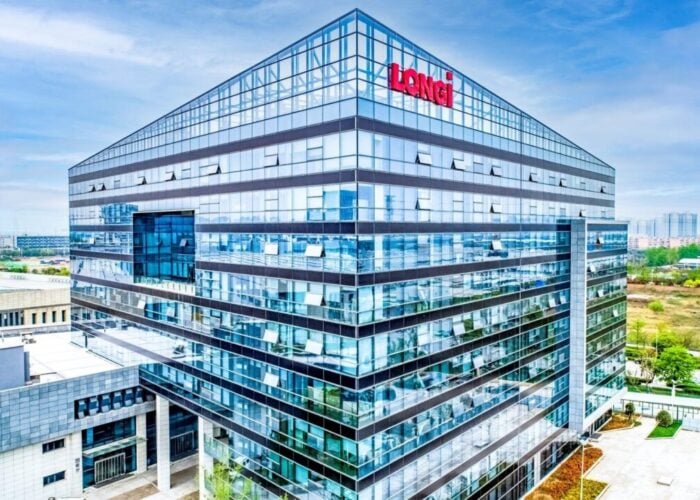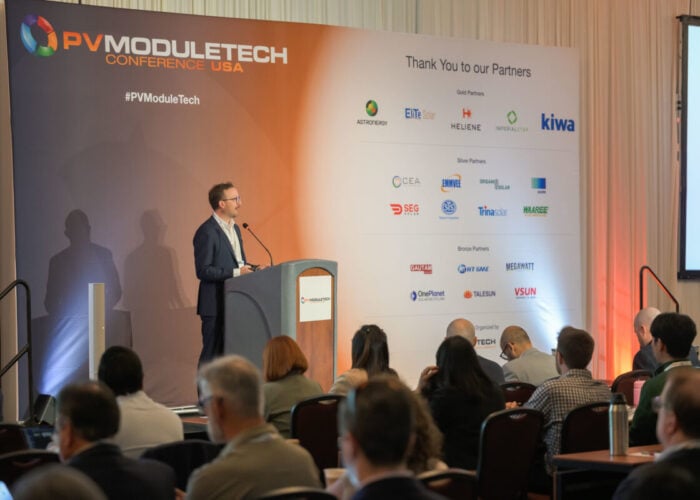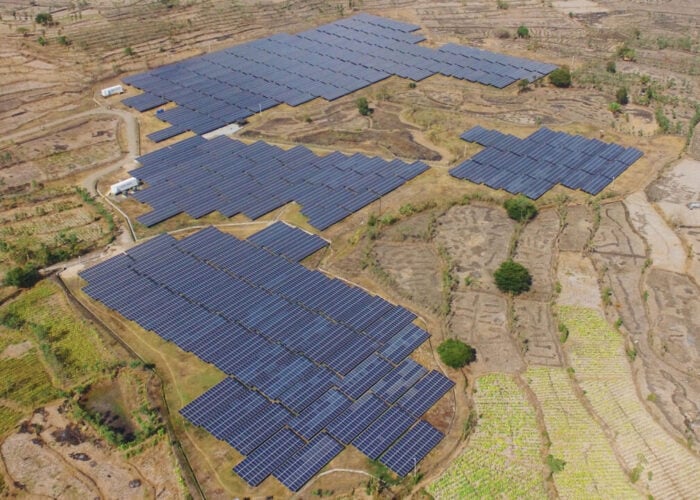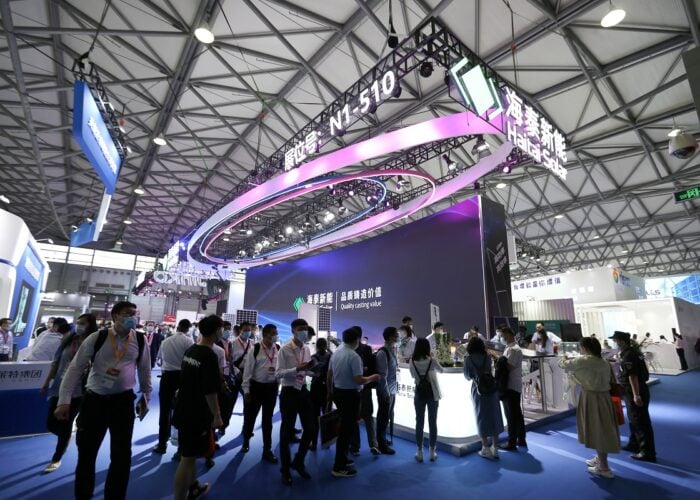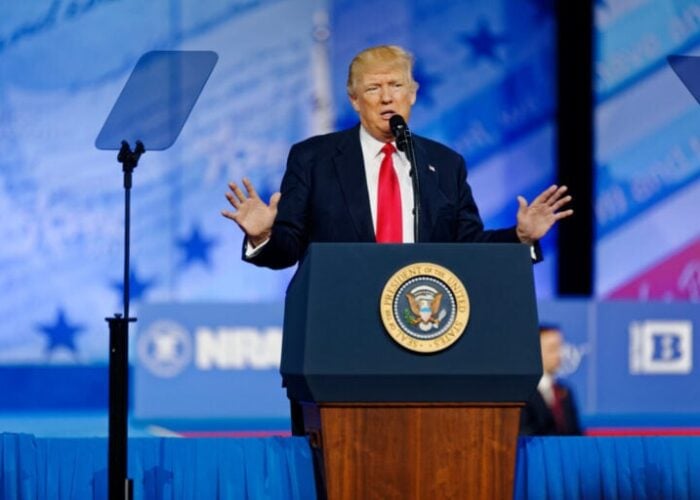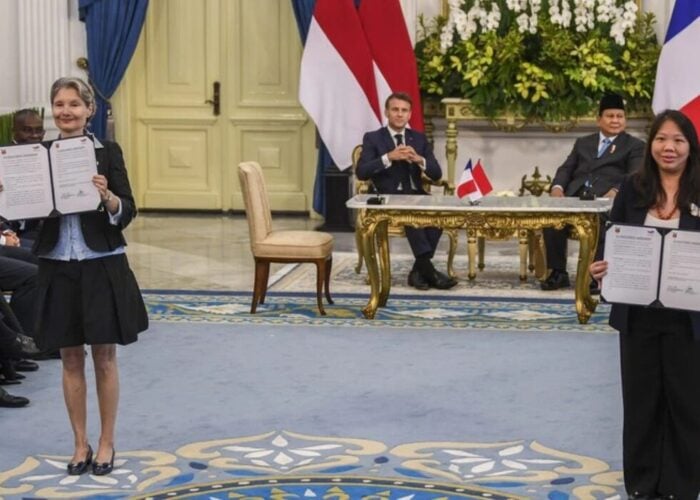
Indonesia's second ever comprehensive renewable energy regulation has been signed by the Minister of Energy and Mineral Resources, Ignasius Jonan, which strongly incentivises the main utility to procure renewables.
The Ministerial Decree of the Minister of Energy and Mineral Resources number 12/2017 (MEMR Decree 12/2017) regulates the purchase of electricity from various prevalent technologies. These include solar PV, hydro, wind, biomass, biogas, municipal waste and geothermal. Previously, decree number 31/2009 stipulated a single flat feed-in-tariff (FiT) for all renewable energy electricity purchases by Indonesia’s state-owned utility PLN.
Unlock unlimited access for 12 whole months of distinctive global analysis
Photovoltaics International is now included.
- Regular insight and analysis of the industry’s biggest developments
- In-depth interviews with the industry’s leading figures
- Unlimited digital access to the PV Tech Power journal catalogue
- Unlimited digital access to the Photovoltaics International journal catalogue
- Access to more than 1,000 technical papers
- Discounts on Solar Media’s portfolio of events, in-person and virtual
However, the new decree regulates the framework of how PLN can procure electricity from renewable energy-based power plants as well as the maximum price it is allowed to pay. All renewable energy tariffs will be capped at 85% of the local generation cost, if this price higher than the national average generation cost. If the local generation cost is the same or lower than the national average, then the limit will be 100% of the local generation cost.
PLN’s Tariff Dilemma
Indonesia’s electricity sector is highly regulated, with a constitutional court ruling issued against the national electricity law signed in 2009. PLN’s revenue largely comes from the consumer tariff and the government’s electricity subsidy. The consumer tariff is adjusted monthly based on the US$-IDR exchange rate, inflation, and Indonesian Crude Prices (ICP). The electricity subsidy is regulated by the Ministry of Finance (MoF) and calculated on a Cost Plus Margin basis. A new regulation in 2015 was signed to replace the Cost Plus Margin basis to a Performance Based Regulation, but it is not yet used to calculate the subsidy as of budget year 2016.
Two things are clear: PLN is unable to raise consumer tariffs and the MEMR is not willing to raise electricity tariffs to match any increasing costs that PLN may incur. Only the exchange rate, inflation and ICP effects are included in the monthly tariff adjustments. Currently there are high level discussions to change the adjustment period to three months rather than monthly. Additionally, ICP may be replaced with other indicators that more realistically represent PLN’s variable costs.
That leaves the electricity subsidy for PLN to depend on in order to meet its obligations. Annually, the subsidy amount approved under the national budget continues to decrease. In addition, various costs are unable to be included in the subsidy calculations.
All the above means that there is no clear cost recovery for PLN if their costs increase. This is especially difficult when MEMR issues renewable energy tariff regulations that require PLN to purchase renewable energy at higher rates than their current generation cost. This basic issue needs to be resolved and PLN needs to recover any additional costs incurred by renewable energy before it is able to execute any renewable energy incentive regulations.
PLN’s tariff dilemma has been at the root of the difficulties for the renewable energy sector to grow in Indonesia. Any incentive regulations that are issued by MEMR are very difficult for PLN to implement, because there is no money to pay for the additional costs. The newly-signed renewable energy regulation eliminates this issue by providing a maximum tariff that is at or below the local generation cost. While this may not be the financial incentive that the sector needs to jump start growth, it is the incentive for PLN to be able to procure renewable energy-based electricity. This will be very attractive for PLN in the regions where their local generation cost is high.
Solar PV and wind power plants are singled out due to their nature of being a variable renewable energy source and highly dependent on local weather. They are the only technologies that require PLN to issue tenders based on the quota of available capacity for the energy purchase. In all other cases, the energy purchase can be reference tariff-based or as a direct appointment.
Based on the latest (but not yet audited) PLN generation cost, there are quite a few of its business units that have generation costs high enough so that 85% of it is still above US$0.10/kWh. Out of 24 PLN business units, about half of them meet this criterion. The highest generation cost based on this list is East Nusa Tenggara Region with US$0.22/kWh generation cost. Almost 16% of all electricity energy sold by PLN is in regions where 85% of the local generation cost is still at US$0.10/kWh or above.
On a positive note, the new regulation requires PLN to operate renewable energy-based power plants up to 10MW as a must-run. This is an indication that the PPA template to be issued by PLN will be a take-or-pay. It remains to be seen whether the smaller grid systems throughout the country will be able to integrate solar PV power plants as must-run without storage or their own spinning reserves.
Another boon to developers is the local content clause in the regulation, which directs PLN to prioritize project developers who meet the local content requirements per the prevailing regulations. Local content requirements are under the authority of the Minister of Industry. Since the Indonesian Association of Solar PV Module Manufacturers sued the MEMR for the 2013 solar PV regulation, it remains to be seen if they will be equally aggressive against this new MEMR regulation.
The new regulation requires PLN to publish a standard procurement methodology for renewable energy-based power plants. This includes publishing a PPA template for each of the renewable energy technologies. The second requirement is for PLN to openly publish their electricity network system’s condition that are ready to integrate renewable energy.
In some aspects, this new regulation provides support for PLN to integrate renewable energy into its energy generation mix. This could be because of the signing of the national energy plan that requires 23% renewable energy in the national energy mix by 2025. By 2017, the national plan targets 11% of renewable energy in the national energy mix. It remains to be seen whether the regulation will help grow the industry to meet the national energy plan’s targets. What it definitely does, is require all renewable energy-based power plants to sell electricity at or below PLN’s prevailing generation cost.
Last December, Andre Susanto also blogged on a rural electrification regulation also signed by Ignasius Jonan.

